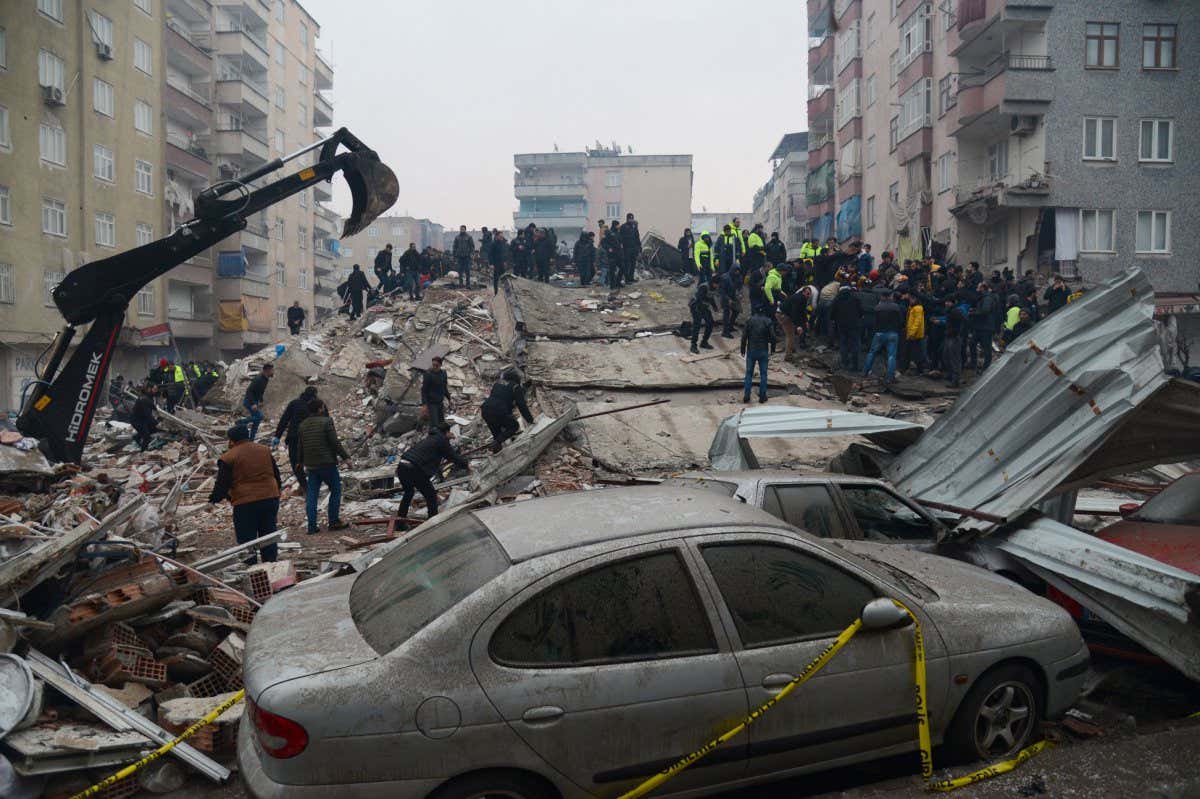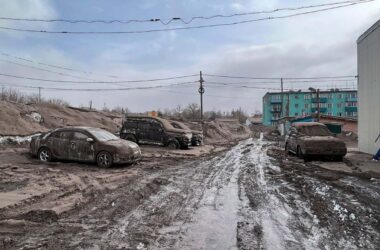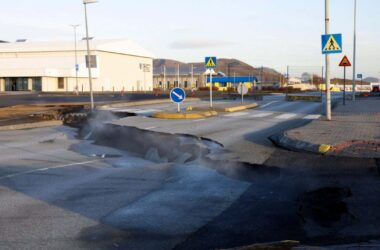Two major earthquakes have struck Turkey and Syria in less than 10 hours, causing widespread devastation and claiming at least 1500 lives.
The first earthquake, measuring 7.8 on the Richter scale, hit close to the Turkish city of Gaziantep at 1:17 am UTC on 6 February. This was followed by a 7.5-magnitude quake around 130 kilometers north of Gaziantep at 10:24 am. The quakes have caused chaos across Turkey and Syria, burying people under collapsed buildings and damaging critical infrastructure such as roads, power lines, and sewage systems.
The official death toll in both nations has already exceeded 1500, with authorities expecting it to rise rapidly in the coming days. The earthquakes occurred along the East Anatolian fault, which runs through eastern Turkey. The first quake caused tremors as far away as Cyprus and Egypt.
Scientists believe the second tremor is likely a significant aftershock triggered by the initial earthquake. It is also possible that it could be a separate event caused by the rupture of an associated fault segment stressed by the first earthquake.
This disaster is the most severe earthquake to hit Turkey since 1939 when a 7.8-magnitude earthquake struck the city of Erzincan, claiming the lives of 33,000 people. International search and rescue organizations are now rushing to deploy teams to the worst-affected areas to rescue people trapped under the rubble.
Poor building quality is likely to have contributed to the high number of casualties. Many buildings in the affected cities have undergone pancake collapse, where each floor collapses vertically into the floors below, leaving little space for survival. Seismologists emphasize the importance of constructing earthquake-resilient buildings and infrastructure to mitigate the impact of such disasters.
It is notoriously challenging for seismologists to provide advance warnings for earthquakes. Since 2004, all construction in Turkey has been legally obligated to follow modern earthquake-proof standards. However, both Turkey and Syria still have numerous buildings that are not designed to withstand major seismic activity.
In addition to the immediate rescue efforts, organizing water, food, and shelter for the displaced is a priority, especially with local temperatures dropping below freezing overnight. There is a risk of severe deaths from hypothermia and other weather-related conditions.
Insights: The devastating earthquakes in Turkey and Syria highlight the urgent need for earthquake-resistant infrastructure and proactive measures to mitigate the impact of such natural disasters. Proper construction techniques and adherence to modern building codes can significantly reduce casualties and damage in seismic-prone regions. Additionally, preparedness in terms of search and rescue operations and providing essential supplies to affected communities is crucial in saving lives and ensuring the well-being of those affected by such catastrophes.








